In our last blog post, we reviewed how and why the Learning Metrics Task Force (LMTF) was organized and summarized its initial recommendations for the new global education agenda. This post describes the second phase of LMTF from 2014-2015 and looks at examples of organizations implementing the LMTF’s recommendations.
There’s no rest for the weary—now that we’ve achieved our initial aim of including quality education and learning in the Sustainable Development Goals, we must set our sights on implementation. The global education community needs to double down on its efforts to actually achieve its goals, and learning assessment will play a crucial role. We need to overcome the challenges of cost and capacity, raise awareness regarding the role of assessment, improve our technical abilities, and generate political support for our activities.
The groundwork we lay over next few years will be essential to efforts aimed at ensuring inclusive and equitable education and promoting lifelong learning opportunities for all by 2030.
It’s become clear through the Learning Metric Task Force (LMTF), convened by UNESCO Institute for Statistics and Brookings Center of Universal Education, that countries need sustainable programs, not more projects. The “what-do-we-do-now?” sentiment expressed in our consultation in Nairobi was repeated dozens of times by task force members and working group representatives. Given the importance of kick-starting some of the LMTF recommendations and the demand for the task force to continue, we started the second phase in 2015.
Five key results from LMTF 2.0
Based on the initial LMTF recommendations, the second phase, or LMTF 2.0, aimed to achieve results in the following five areas by the end of 2015: technical, institutional, political, assessment as a public, assessment as a public good, and knowledge sharing.
Technical/political
It’s because of the leadership of task force member organizations such as UNESCO, UNICEF, the Global Partnership for Education, the World Bank, and others in decisionmaking roles that access plus learning were included as SDG indicators for education.
But task force members also thought beyond the adoption of the SDGs, realizing technical indicators needed to be developed through an inclusive process to bridge the best research with the experiences of teachers and governments. Smaller groups of experts formed projects such as Measuring Early Learning Quality and Outcomes (MELQO) , which generates locally-relevant data on children’s learning and development at the start of school and on the quality of children’s learning environments.
Additionally, UNESCO has furthered work on topics and learning objectives for global citizenship education and, in conjunction with the Youth Advocacy Group and CUE, is cataloguing assessments used at the classroom, local, and national levels.
Additionally, the UNESCO Institute for Statistics (UIS) launched the Catalogue of Learning Assessments, which provides descriptive information on public examinations, national and international assessments in primary and lower-secondary education programs around the world. The catalogue and related database provide neutral technical information needed by governments to make informed decisions when developing a national assessment, improving their overall system or joining a regional or international initiative.
Institutional
The LMTF secretariat was asked by country education leaders to help examine how learning assessment can contribute to national objectives on education and learning. We had too often heard during the Phase 1.0 consultations that assessments drove national visions rather than supported them. To explore the relationships between policy and assessment, we launched the Learning Champions initiative in 2014.
The initiative comprised education experts and governmental officials from 15 countries, provinces, and cities around the world. The program offered a space for the champions to experiment with new approaches to assessment in their countries, from the classroom to the national education ministry. For 18 months, each learning champion has taken a different approach toward implementing learning assessment systems, using their understanding of context and capacity to guide their actions. Task force members offered technical and support, but the champions led the charge in making assessments work for their specific goals.
Assessment as a public good
Cost and capacity are huge barriers to rigorous assessment, and the task force member organizations worked to develop a strategy for advancing learning assessment as a public good. With the sunset of the LMTF, two aligned initiatives are in the works to carry forward the network built by LMTF. First, the UIS has just launched the Global Alliance to Monitor Learning (GAML), which brings together government decisionmakers, learning assessment experts, donors, and non-governmental organizations to help countries measure learning outcomes and use the information to achieve SDG 4. Through collaborative effort, UIS will develop the technical guidelines and standards needed to produce cross-national comparable data and support capacity building at the country level.
In parallel, momentum is building for the Assessment for Learning initiative, which would establish a financing mechanism to support countries’ development of learning assessment. The initiative will be discussed by the Global Partnership for Education board of directors in June.
Knowledge sharing
Finally, the international education community needs a place to share and communicate assessment and learning data. The LMTF secretariat served as a platform for knowledge sharing, and we included a new generation of task force members through an open application process.
Now, with the SDGs in place, the LMTF has officially sunset. In February we hosted a final-in person meeting in Livingstone, Zambia to set the stage for summarizing discoveries and learning from the LMTF and to plan next steps for the community. With standing room only at this final meeting, it became clear that while the LMTF is no more, the research and consensus built by LMTF and the community of practice it convened will continue long into the future.
The way forward
We need global platforms like the Global Alliance to Monitor Learning and the Assessment for Learning platform to bring together disparate actors not only for assessments but also to respond to the data.
We also need to support country-led action. The conversations in Nairobi, Kigali, Buenos Aires, Ramallah, and dozens of other places around the world are far too large and complicated to be sustained by a single entity. Regional organizations, such as UNESCO Bangkok, the Association for the Development of Education in Africa, and the Arab League Education Cultural and Scientific Organization (ALECSO), are stepping up to provide leadership and spaces for countries to connect. It is ultimately up to countries, which have the most at stake in education, to create positive change.
But most importantly, we cannot forget the motivation for all of these efforts: the children. We need to continue striving for each and every child to go to school and to learn. We need to develop better approaches to assessment so we can use data to ensure they are truly learning, find out who is not, and intervene appropriately.
The Brookings Institution is committed to quality, independence, and impact.
We are supported by a diverse array of funders. In line with our values and policies, each Brookings publication represents the sole views of its author(s).

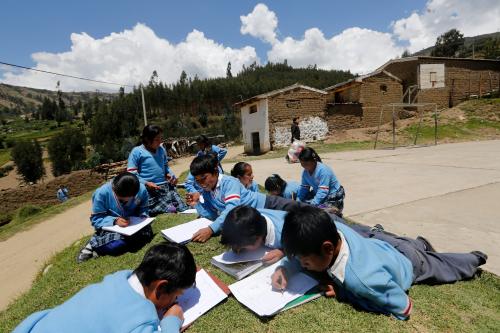
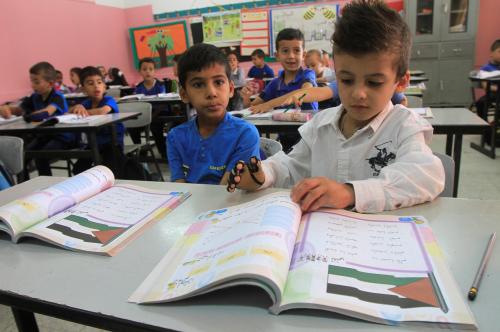
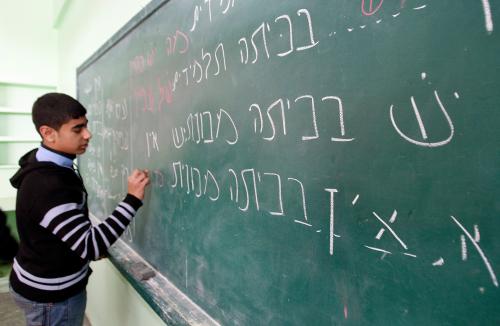
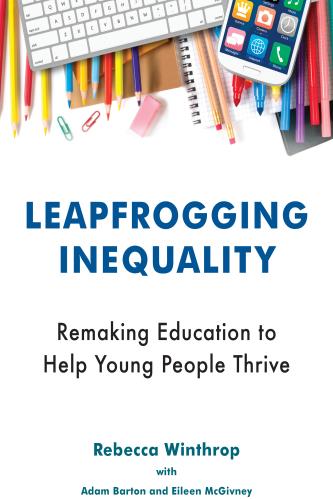
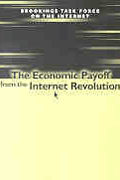
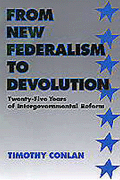



Commentary
The Sunset of the LMTF: Next steps in tracking learning for the SDGs (Part 2)
May 31, 2016